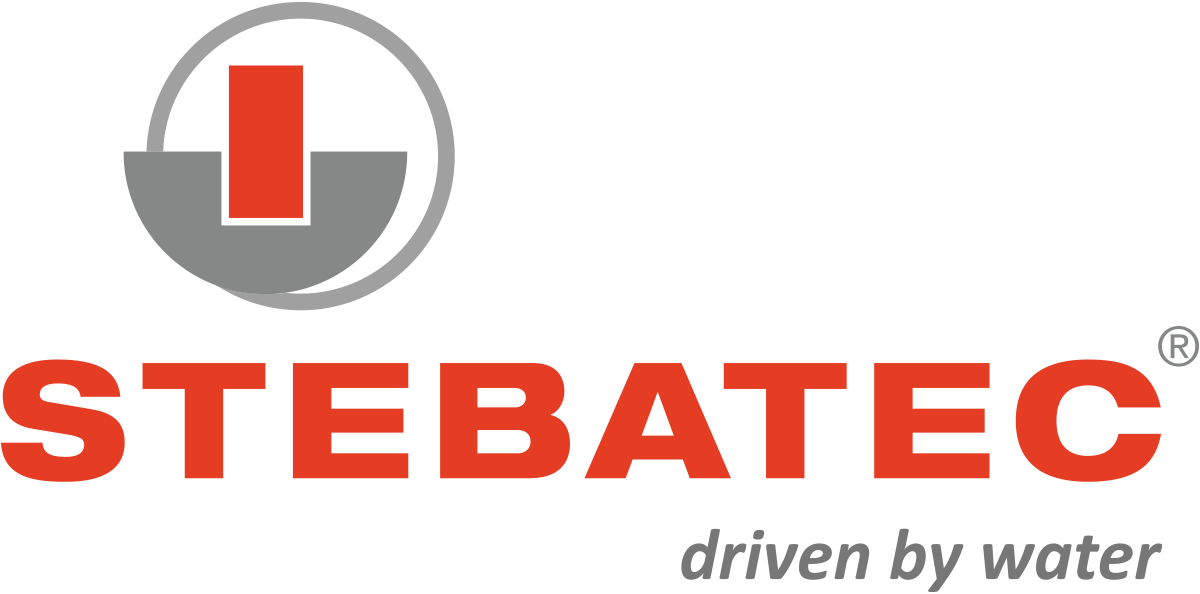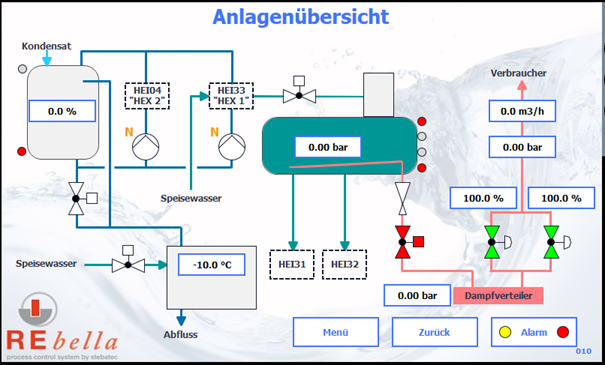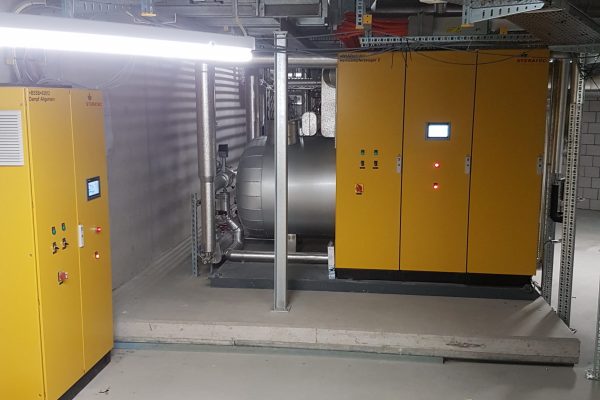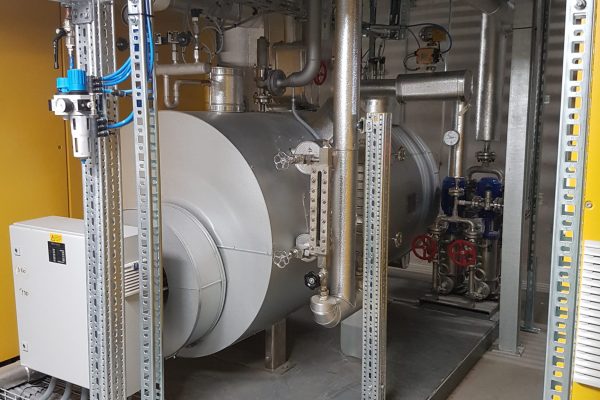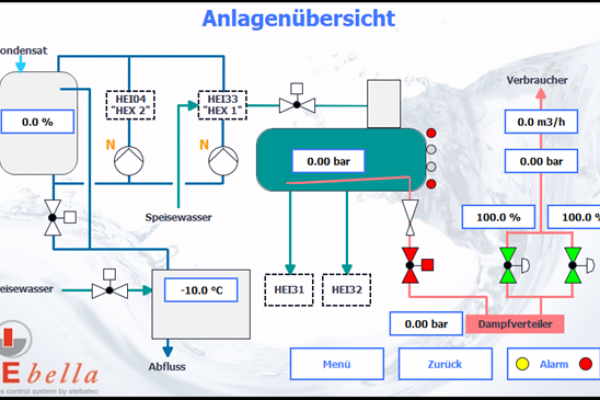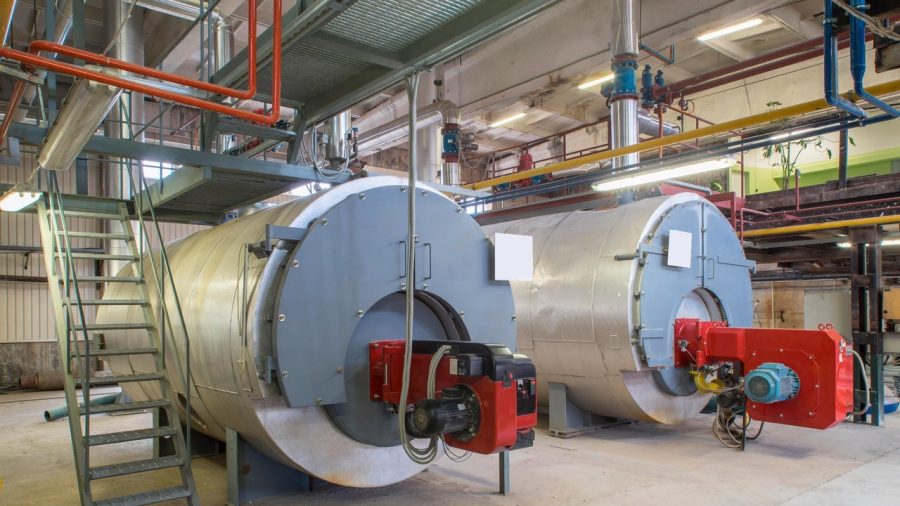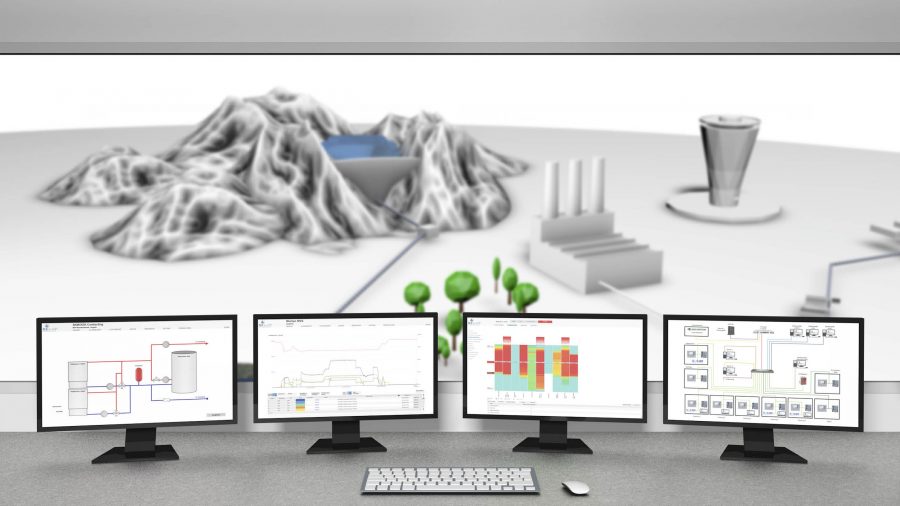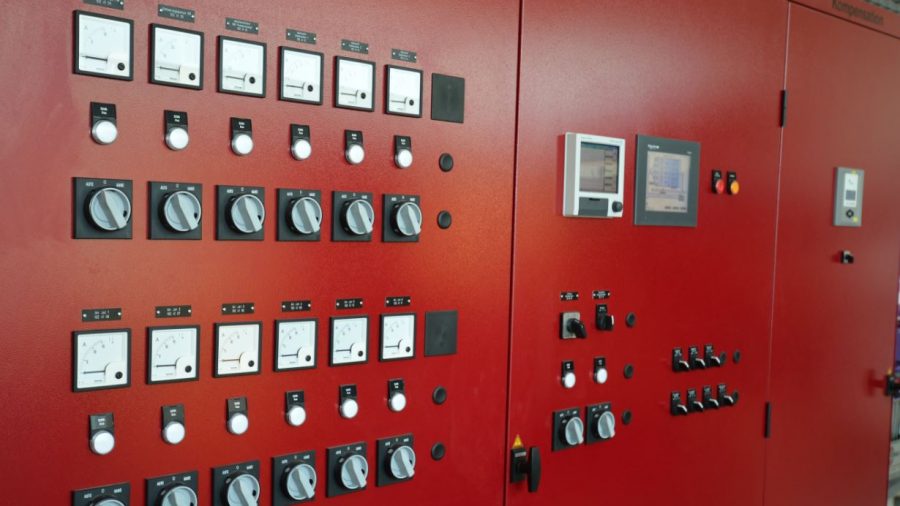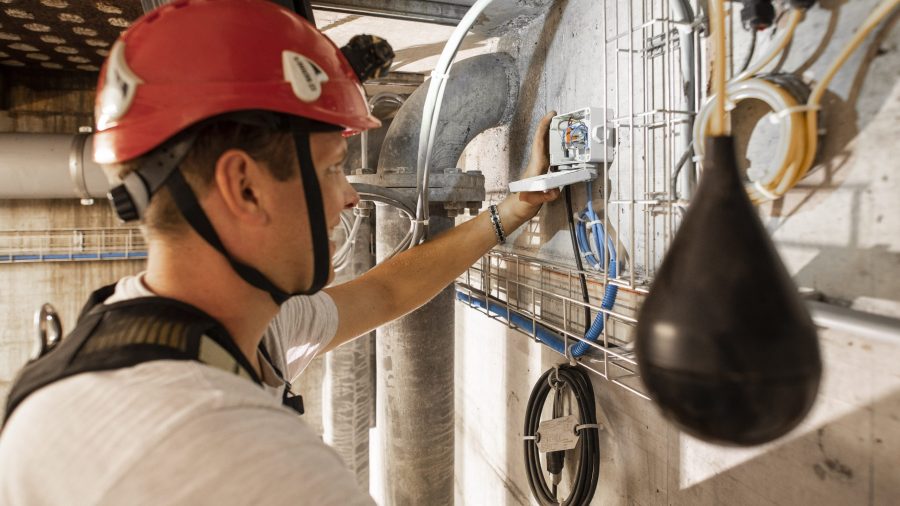With the new construction of the Laboratory and Research Building for Biosystems in Basel, ETH Zurich is investing in a modern infrastructure that offers optimal conditions for improving cooperation between the natural sciences and medicine.
The building infrastructure also includes a pure steam generation plant which essentially comprises two pure steam generators, a feedwater tank and a heat recovery system. The latter uses the returned condensate to further utilise the heat by means of a shell-and-tube heat exchanger.
STEBATEC was commissioned by Colin Swiss AG to supply the EMSR (electrical measurement and control technology) for the new plant. The general contractor for this demanding project is Klima AG in Basel, a branch of Hälg & Co. AG.
In a first step, a risk analysis was drawn up in collaboration with the Swiss Safety Center, part of the SVTI (Swiss Association for Technical Inspections). The safety performance of the plant is described by so-called Safety Integrity Levels (SIL), which quantify, among other things, the probability of a dangerous failure per operating hour.
Safety PLC and SIL 3 for the pure steam generation plant on the 3rd floor
The boiler inspectorate of the SVTI is responsible for ensuring that stationary pressure equipment and plants meet the safety requirements and thus prevent malfunctions, accidents and damage during operation.
The risk assessment, under the given circumstances of an installation on the third basement level without pressure relief to the outside, resulted in SIL level 3. This reliably prevents a bursting of the boilers and the associated considerable danger to people and the infrastructure.
After successful preparation of the necessary documents, the control cabinets could be planned and manufactured. A separate cabinet was built for the condensate control with heat recovery. A safety PLC is designed according to the SIL level and implemented accordingly.
The system is supplied with clean water via the feed water tank. The water is supplied to the system already treated. In order not to discharge water unnecessarily into the sewage system, the line condensates and the excess water from the pure steam generators are also fed back into the vessel.
2 x 369kW electrical heating capacity
Each clean steam generator is equipped with five electrical heating elements that can be switched on and off in stages. By increasing the temperature, the desired pure steam is produced, which finally reaches the consumers via the steam distributor.
However, evaporation also produces salts, which increase the conductivity in the boiler. A blowdown control, which is controlled via the conductivity measurement, and a time-controlled blowdown ensure that the quality of the clean steam is guaranteed at all times.
The boiler water from blowdown and desalination is fed to the condensate collector for heat recovery. The thermal energy from the condensate collector is further utilised via two shell-and-tube heat exchangers. This is done to preheat the make-up water in the feed water tank and in the building heating system or for hot water preparation. A mixing cooler is connected downstream of the collection tank, which cools down the temperature of the water if necessary, so that no water that is too hot is fed into the sewage system.
Conclusion
After the final acceptance with the TÜV (Technical Inspection Agency), the project was completed to the full satisfaction of all parties involved. Klima AG was supported and advised by STEBATEC throughout the entire project, so that together a pure steam generation plant was created which will be available for research projects for many years to come.
